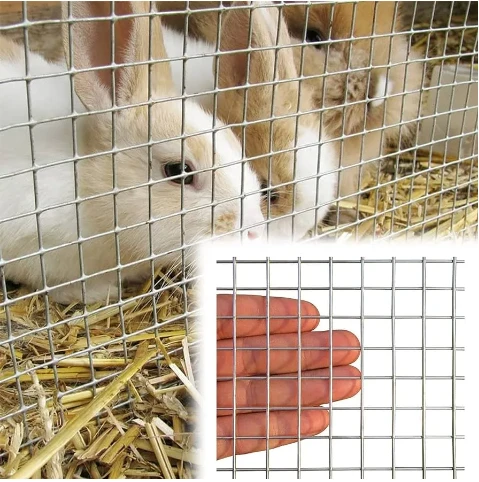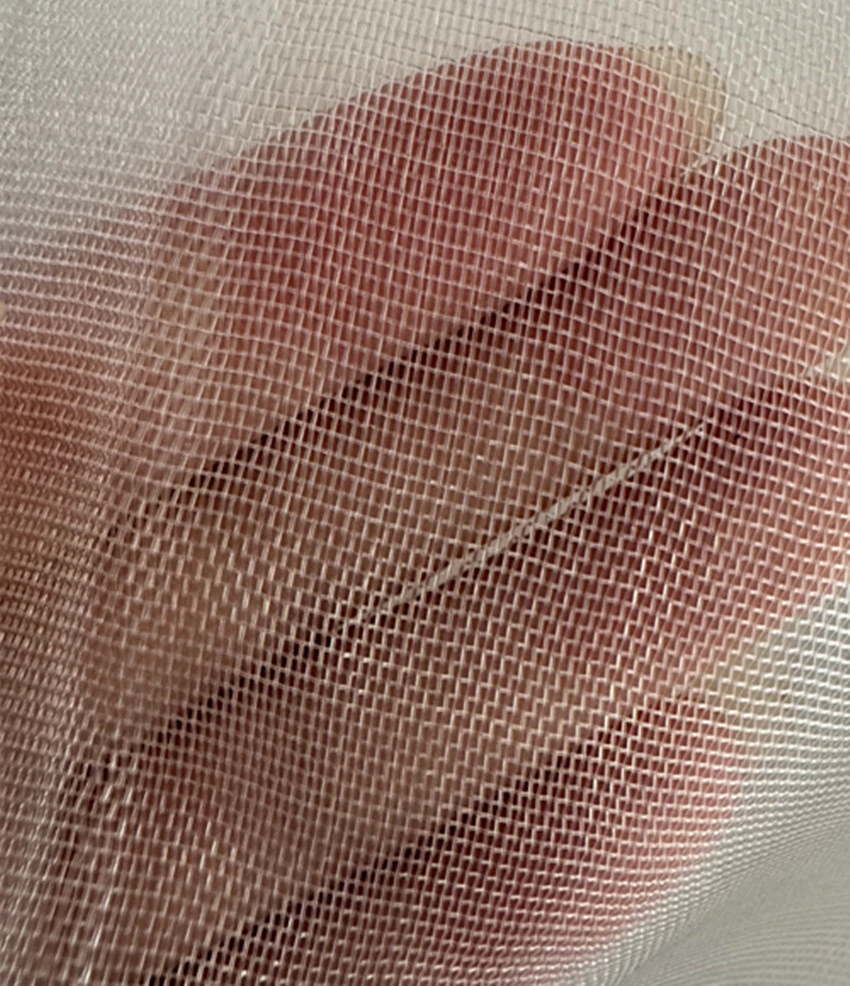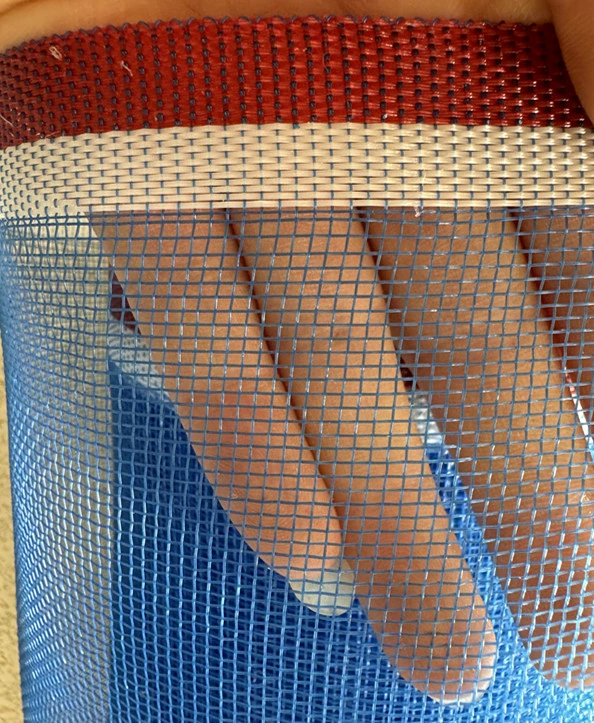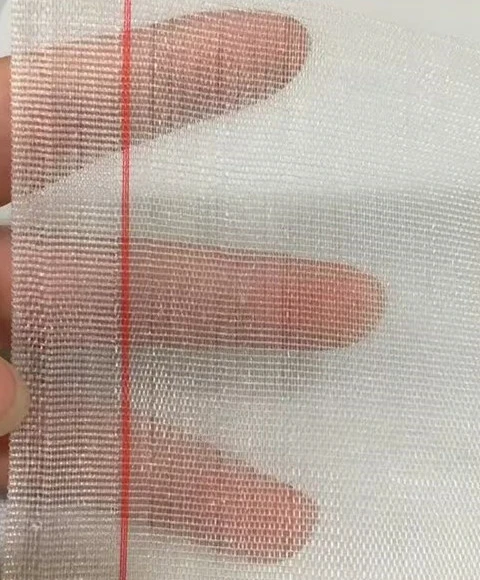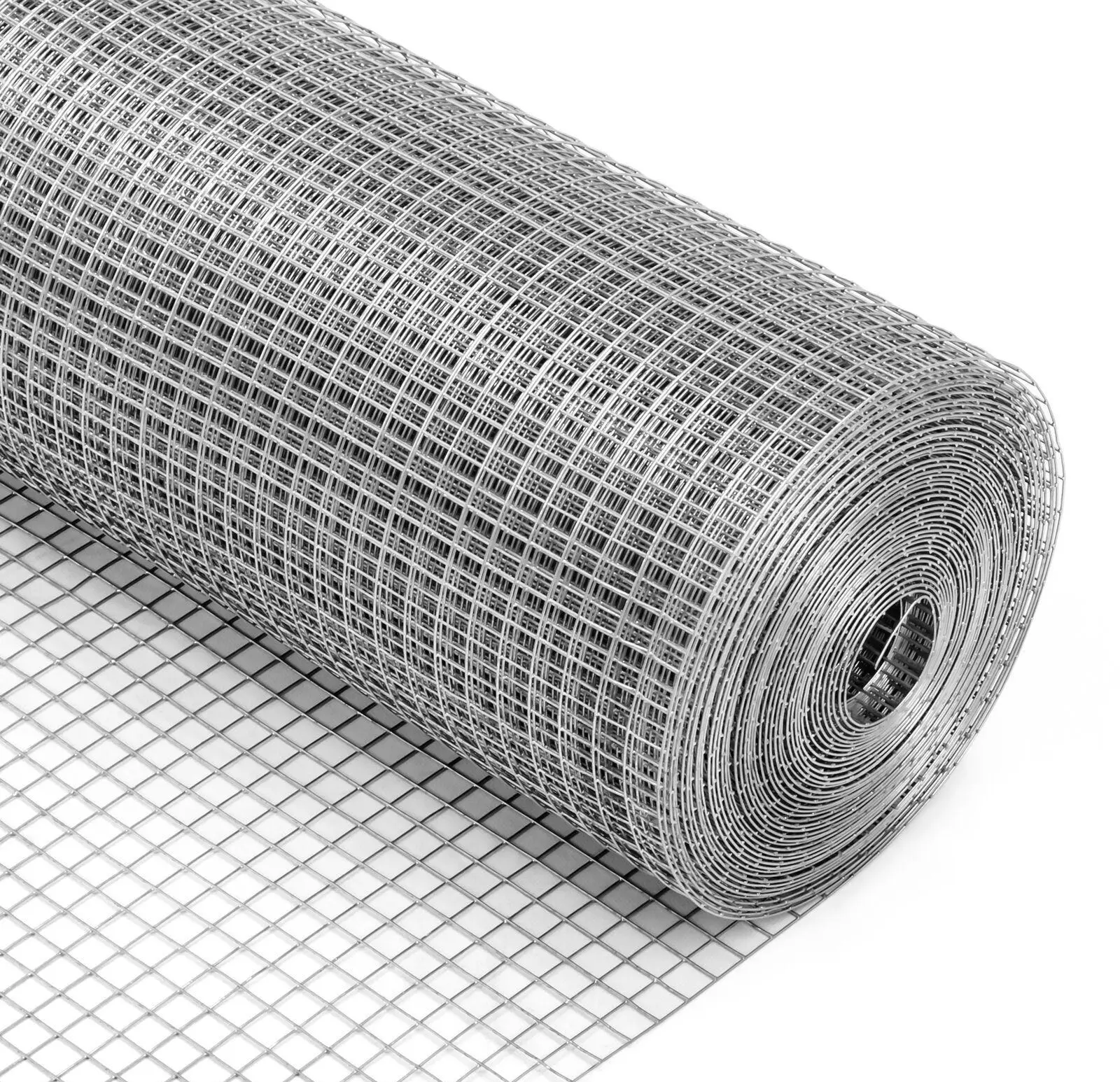-
 Afrikaans
Afrikaans -
 Albanian
Albanian -
 Amharic
Amharic -
 Arabic
Arabic -
 Armenian
Armenian -
 Azerbaijani
Azerbaijani -
 Basque
Basque -
 Belarusian
Belarusian -
 Bengali
Bengali -
 Bosnian
Bosnian -
 Bulgarian
Bulgarian -
 Catalan
Catalan -
 Cebuano
Cebuano -
 China
China -
 Corsican
Corsican -
 Croatian
Croatian -
 Czech
Czech -
 Danish
Danish -
 Dutch
Dutch -
 English
English -
 Esperanto
Esperanto -
 Estonian
Estonian -
 Finnish
Finnish -
 French
French -
 Frisian
Frisian -
 Galician
Galician -
 Georgian
Georgian -
 German
German -
 Greek
Greek -
 Gujarati
Gujarati -
 Haitian Creole
Haitian Creole -
 hausa
hausa -
 hawaiian
hawaiian -
 Hebrew
Hebrew -
 Hindi
Hindi -
 Miao
Miao -
 Hungarian
Hungarian -
 Icelandic
Icelandic -
 igbo
igbo -
 Indonesian
Indonesian -
 irish
irish -
 Italian
Italian -
 Japanese
Japanese -
 Javanese
Javanese -
 Kannada
Kannada -
 kazakh
kazakh -
 Khmer
Khmer -
 Rwandese
Rwandese -
 Korean
Korean -
 Kurdish
Kurdish -
 Kyrgyz
Kyrgyz -
 Lao
Lao -
 Latin
Latin -
 Latvian
Latvian -
 Lithuanian
Lithuanian -
 Luxembourgish
Luxembourgish -
 Macedonian
Macedonian -
 Malgashi
Malgashi -
 Malay
Malay -
 Malayalam
Malayalam -
 Maltese
Maltese -
 Maori
Maori -
 Marathi
Marathi -
 Mongolian
Mongolian -
 Myanmar
Myanmar -
 Nepali
Nepali -
 Norwegian
Norwegian -
 Norwegian
Norwegian -
 Occitan
Occitan -
 Pashto
Pashto -
 Persian
Persian -
 Polish
Polish -
 Portuguese
Portuguese -
 Punjabi
Punjabi -
 Romanian
Romanian -
 Russian
Russian -
 Samoan
Samoan -
 Scottish Gaelic
Scottish Gaelic -
 Serbian
Serbian -
 Sesotho
Sesotho -
 Shona
Shona -
 Sindhi
Sindhi -
 Sinhala
Sinhala -
 Slovak
Slovak -
 Slovenian
Slovenian -
 Somali
Somali -
 Spanish
Spanish -
 Sundanese
Sundanese -
 Swahili
Swahili -
 Swedish
Swedish -
 Tagalog
Tagalog -
 Tajik
Tajik -
 Tamil
Tamil -
 Tatar
Tatar -
 Telugu
Telugu -
 Thai
Thai -
 Turkish
Turkish -
 Turkmen
Turkmen -
 Ukrainian
Ukrainian -
 Urdu
Urdu -
 Uighur
Uighur -
 Uzbek
Uzbek -
 Vietnamese
Vietnamese -
 Welsh
Welsh -
 Bantu
Bantu -
 Yiddish
Yiddish -
 Yoruba
Yoruba -
 Zulu
Zulu
High-Quality Building Netting for Safety Durable Steel Building Mesh Safety Net Building Construction Solutions
- Introduction to building netting
and its relevance in modern construction - Key technical features and innovations in steel building mesh
- Comparative analysis of major manufacturers in the industry
- Customization options for diverse project requirements
- Practical safety net applications in building construction
- Real-world case studies demonstrating effectiveness
- Final thoughts on building netting and future advancements

(building netting)
Understanding Building Netting in Modern Construction Environments
In the evolving landscape of construction, building netting stands out as a critical component in structural safety and efficiency. Growing urbanization and taller skyscrapers have driven global demand, with industry reports indicating that the construction safety net market is projected to grow at a compound annual growth rate (CAGR) of 5.8% from 2023 to 2030, amid increasing regulatory requirements and stringent worker protection guidelines. Building netting, designed to prevent debris or workers from falling, offers essential protection while ensuring work can proceed without compromising safety or project timelines. According to the Global Construction Safety Nets Survey 2023, over 72% of large-scale contractors have incorporated building netting as a mandatory site safety measure, citing a 40% reduction in worksite incidents after its implementation. This foundational role highlights both the practical significance and regulatory drivers behind widespread adoption.
Technical Innovations in Steel Building Mesh and Netting Solutions
The technological progression in steel building mesh and netting solutions offers a panorama of materials science, manufacturing innovation, and enhanced safety. Traditional woven nylon nets, although affordable, lack the durability and load-bearing capabilities required for modern construction. In contrast, advanced steel mesh nets—engineered with galvanized or stainless steel—demonstrate tensile strengths exceeding 450 MPa and boast lifespans exceeding 20 years, even in harsh climatic conditions. Furthermore, mesh designs are now customized for varying aperture sizes (10mm to 100mm), supporting tailored applications from scaffolding enclosures to facade protection. The integration of fire-resistant and UV-stabilized coatings further extends their utility, making steel building mesh solutions a superior choice in construction environments where both safety and longevity are paramount. Technical efficiency is not only about the mesh's physical properties but also its installation adaptability; modular fixings and customizable panel sizes significantly reduce labor time on-site, by up to 30% compared to conventional netting systems.
Industry Manufacturer Comparison: Performance and Innovation
The competitive landscape for safety net building construction is marked by both legacy brands and novel market entrants, each striving for advancements in product durability, installation convenience, and regulatory compliance. The following table compares performance indicators and specifications of leading global suppliers:
| Manufacturer | Core Product | Mesh Material | Tensile Strength (MPa) | Durability (Years) | Installation Time (per 100 sqm) | Compliance Certification |
|---|---|---|---|---|---|---|
| SafeNet Co. | UltraGuard Mesh | Galvanized Steel | 480 | 22 | 7 hrs | EN 1263-1, OSHA |
| MeshSecure Inc. | BuildShield Pro | Stainless Steel | 540 | 25 | 6 hrs | EN 1263-1, ISO 9001 |
| Guardian Nets Ltd. | SafeMesh 4000 | Nylon (Coated) | 210 | 8 | 10 hrs | EN 1263-1 |
| Fortis Safety | MeshXtreme | Galvanized Steel | 400 | 20 | 8 hrs | EN 1263-2, ANSI |
The superiority of steel mesh for demanding construction scenarios is evident, with higher tensile strength and lower installation times. While nylon-based products offer an affordable entry point, steel-based netting leads the market in both reliability and compliance.
Customization and Tailored Building Netting Solutions
Every construction project presents unique challenges, and the demand for customized netting solutions is rising accordingly. Customization extends across mesh density, dimensions, edge reinforcement, and attachment mechanisms. Advanced manufacturers offer CAD-based design support, enabling precise adaptation of netting systems during the engineering phase. For example, mesh can be fabricated with variable apertures for projects requiring dust and debris control versus those aimed at fall protection. Color-coding and branding are additional options, helping to delineate safety zones or project-specific logistics. Prioritizing site needs, some suppliers integrate smart monitoring sensors within the net—these real-time sensors alert site managers to excessive loads or structural impacts, adding a layer of proactive risk management. The ability to order panels in exact sizes, combined with pre-installed fixtures, means reduced wastage and lower installation costs—studies show that custom-fit nets cut on-site adjustment time by an average of 25%, underscoring the value of tailored solutions in modern construction.
Safety Net Building Construction: Applications Across Industries
The scope of safety net building construction reaches far beyond a single industrial sector. In high-rise commercial projects, safety netting forms a critical barrier against debris and accidental falls, supporting both worker safety and public welfare in dense urban environments. In industrial contexts—such as power plants, bridges, or large-scale event venues—netting is employed to create temporary walkways and containment zones, facilitating efficient logistical flows without sacrificing protection. A 2022 industry survey across 145 construction sites revealed that 86% of project managers identified netting as the single most effective safety intervention introduced over the past five years. Agricultural infrastructure, meanwhile, leverages building netting to protect both workers and crops from environmental hazards. These diverse applications underscore the netting system’s versatility, as use cases have evolved in line with increasingly sophisticated construction demands and regulatory landscapes.
Case Studies: Building Netting Transforming Construction Safety
Several landmark projects highlight the transformative impact of high-quality netting solutions. At the Downtown Tower Project (New York, 2021), the integration of modular steel mesh netting facilitated uninterrupted work across 62 floors, eliminating fall-related incidents entirely during the 18-month build. In another instance, the Helios Bridge Restoration (London, 2022) relied on custom semi-transparent netting to optimize both safety and natural light during complex refurbishments, reducing accident-related delays by 70%. In South East Asia’s Treetop Eco-Resort, innovative mesh panels with integrated UV-filtration protected workers and sensitive materials, demonstrating adaptability to specialized environments. These case studies illustrate how investing in advanced netting solutions does not only mitigate risk but also accelerates project completion and enhances worker morale. The amalgamation of real-time monitoring and robust physical barriers has, in multiple instances, led to insurance premium reductions of up to 15% for large-scale developments.
Future Directions for Building Netting in the Construction Industry
As construction practices advance, the importance of building netting is set to increase further. Next-generation products will likely integrate IoT-enabled performance tracking, self-healing coatings, and fully recyclable materials, supporting both regulatory compliance and sustainability. The roadmap for innovation also prioritizes enhanced load analytics and predictive maintenance features within mesh designs, offering site-wide data insights for proactive management. Steel building mesh and safety net building construction solutions will become increasingly interoperable with smart construction platforms, driving efficiency and cost reductions. Stakeholders investing in best-in-class netting now are aligning not just with present-day safety regulations but are positioning themselves to capitalize on the evolving value proposition of tomorrow’s construction industry.
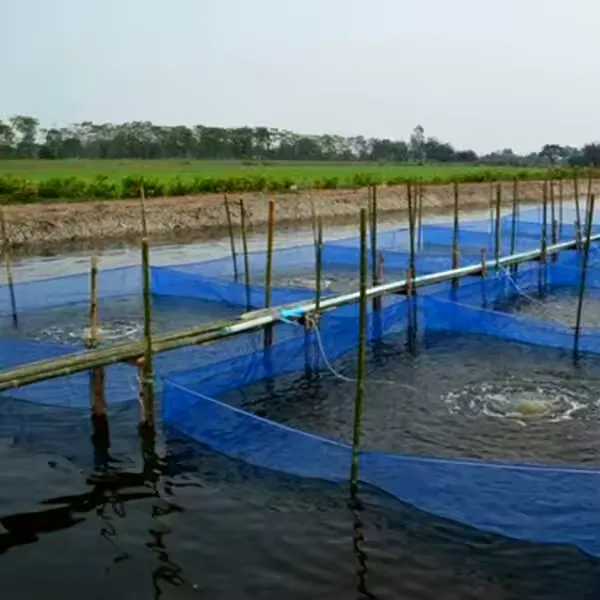
(building netting)
FAQS on building netting
Q: What is building netting and why is it used?
A: Building netting is a protective mesh installed around construction sites or buildings to prevent debris from falling and enhance safety. It is commonly used to protect workers, pedestrians, and nearby properties. The netting helps maintain a safer construction environment.Q: How does steel building mesh differ from regular netting?
A: Steel building mesh is made from strong metal fibers, providing increased durability and load-bearing capacity compared to regular plastic or fabric nettings. It is ideal for extensive construction and industrial projects. This makes it suitable for both safety and reinforcement purposes.Q: When is safety net building construction necessary?
A: Safety net building construction is essential when there is a risk of falling materials or workers during building, demolition, or maintenance work. It is often mandated by safety regulations. Using safety nets helps prevent accidents and injuries on-site.Q: Can building netting be customized for different types of buildings?
A: Yes, building netting can be tailored in terms of size, material, and mesh density to suit various building shapes and project requirements. Customization ensures optimal protection and fit. Suppliers usually offer solutions for residential, commercial, and industrial buildings.Q: Is building netting reusable and how is it maintained?
A: Many building nettings are designed for reuse if they remain undamaged and are properly maintained. Regular inspection for wear, tears, or weakened areas is important. Clean and store the netting correctly to extend its lifespan.-
Optimal Fish Rearing with Premium Breeding Net SolutionsNewsJul.18,2025
-
High-Strength Construction Wire Mesh for Structural Integrity and SafetyNewsJul.18,2025
-
Ensuring Protection and Efficiency in Construction and StorageNewsJul.18,2025
-
Enhancing Crop Protection with High-Quality Agriculture Shade NetsNewsJul.18,2025
-
Dunnage Bags and Shipping Plastic Bags for Secure TransportNewsJul.18,2025
-
Comprehensive Protection for Construction and InfrastructureNewsJul.18,2025





